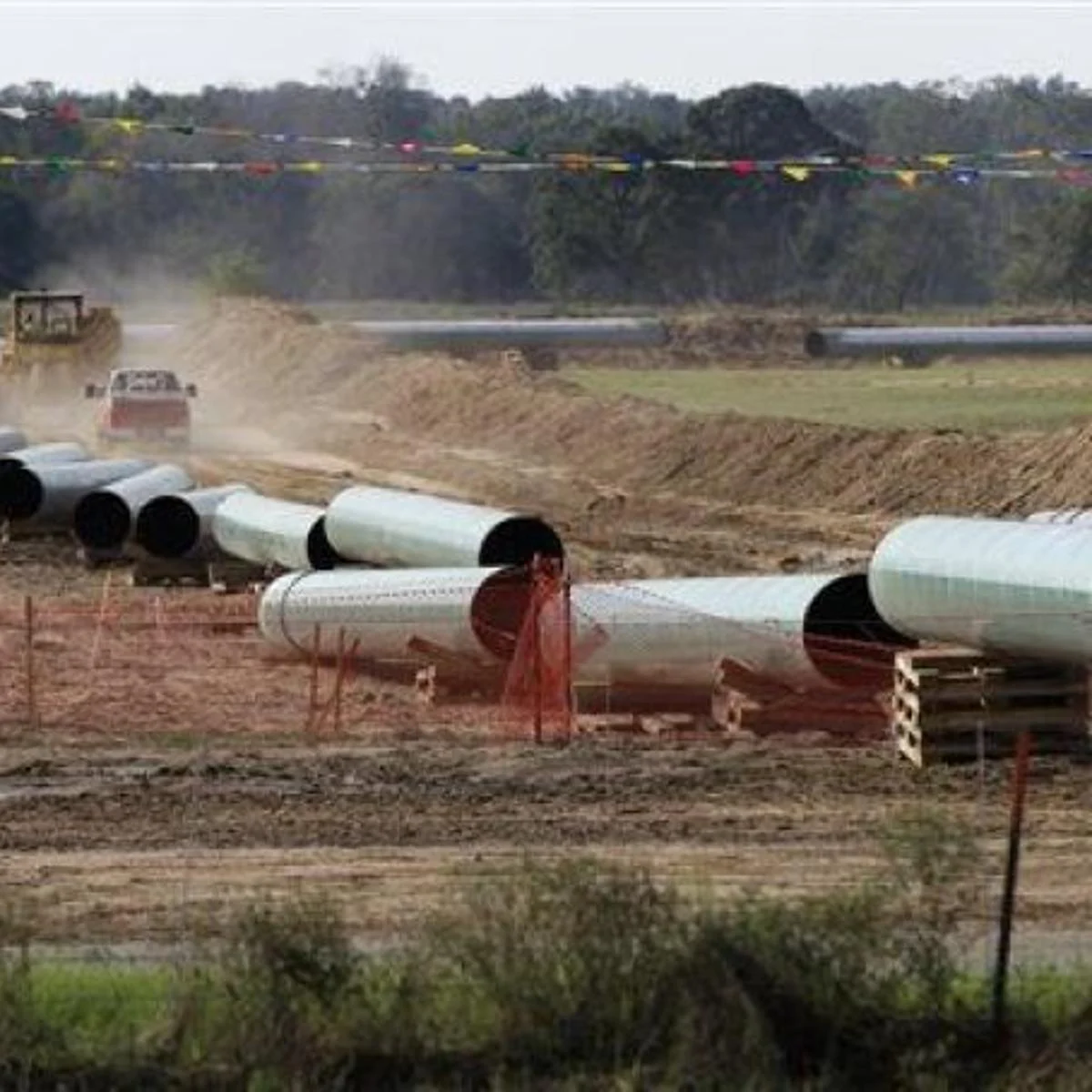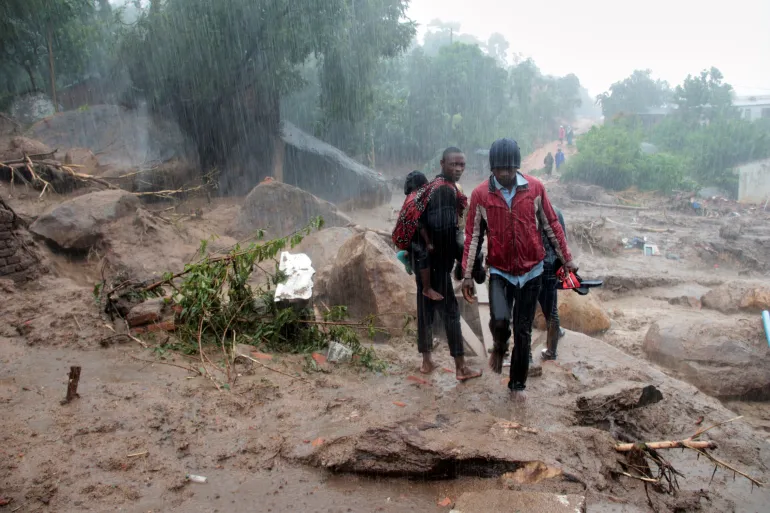Keystone XL Pipeline Environmental Impact of Leaks. Tar sands oil is thicker, more acidic, and more corrosive than lighter conventional crude, and this ups the likelihood that a pipeline carrying it will leak.
Indeed, one study found that between 2007 and 2010, pipelines moving tar sands oil in Midwestern states spilled three times more per mile than the U.S. national average for pipelines carrying conventional crude. Since it first went into operation in 2010, TC Energy’s original Keystone Pipeline System has leaked more than a dozen times; one incident in North Dakota sent a 60-foot, 21,000-gallon geyser of tar sands oil spewing into the air. Less than two years before the project was finally pulled, the Keystone tar sands pipeline was temporarily shut down after a spill in North Dakota of reportedly more than 378,000 gallons in late October 2019. And the risk that Keystone XL would have spilled was heightened because of the extended time the pipe segments were left sitting outside in stockpiles. “A study published in early 2020, co-authored by TC Energy’s own scientists, found that the anti-corrosion coating on the project’s pipes was damaged from being stored outside and exposed to the elements for the last decade,” notes NRDC senior attorney Jaclyn Prange, who spent years working on KXL litigation.

Complicating matters, leaks can be difficult to detect. And when tar sands oil does spill, it’s more difficult to clean up than conventional crude because it immediately sinks to the bottom of the waterway. People and wildlife coming into contact with tar sands oil are exposed to toxic chemicals, and rivers and wetland environments are at particular risk from a spill. (For evidence, note the 2010 tar-sands oil spill in Kalamazoo River, Michigan, a disaster that cost Enbridge more than a billion dollars in cleanup fees and took six years to settle in court.) Keystone XL would have crossed agriculturally important and environmentally sensitive areas, including hundreds of rivers, streams, aquifers, and water bodies. One was Nebraska’s Ogallala Aquifer, which provides drinking water for millions as well as 30 percent of America’s irrigation water. Keystone XL Pipeline Environmental Impact if a spill would have been devastating to the farms, ranches, and communities that depend on these crucial ecosystems. Even worse, building Keystone XL would have meant enduring those risks just to send the fuel to our overseas rivals—and the profits to Big Oil.
Free Speech and Alternative Media are under attack by the Deep State. Real News Cast needs reader support to survive. Please Contribute via GoGetFunding



